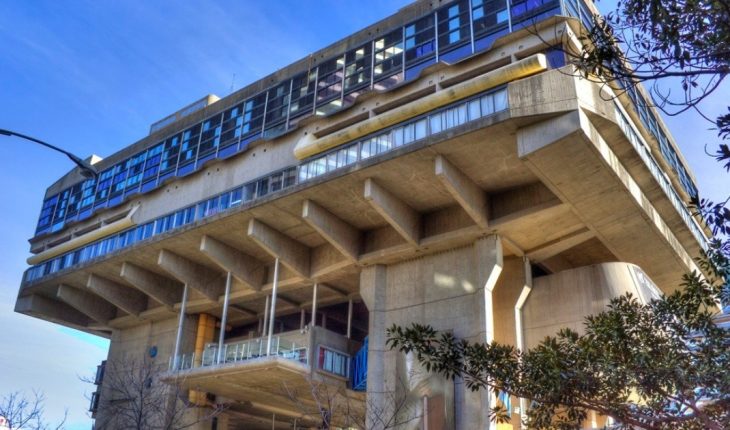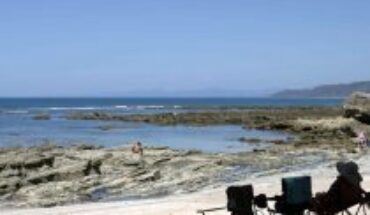The Mariano Moreno National Library was created in the Cabildo de Buenos Aires, and today it is located in the Porteño neighborhood of Recoleta.
Through a decree of the First Board, on September 13, 1810, under the name of The Public Library of Buenos Aires, the National Library was created. Its first location was, for two years, the building of the Cabildo. In 1812 it opened its doors to the public in a room of the building that is located in the corner formed by Moreno and Peru streets, within the area that is currently known as the Apple of Lights.The value of this important national treasure, is undoubtedly invaluable, because it treasures through the most modern bibliographic techniques, the materials with which the different ideas have been forged , times and history of our country.
Among his collections are numerous documents, manuscripts, books, magazines, newspapers, photographs, maps, engravings, audiovisuals and sheet music; where a living culture persists that hopes to be rediscovered by the gaze of its readers and researchers, recognizing and touring the tones of a heterogeneous country and the views of a past that continues to produce questions and project images on the present. Today it is located on the site that includes the streets Aguero and Austria, and the avenues Las Heras and the Liberator (land that corresponded to the old Unzué Palace). This building was built by architects Clorindo Testa, Francisco Bullrich and Alicia Cazzaniga, and projects a modern structure, considered brutalist style due to its geometric shapes and the presence of concrete in sight. This construction represents the last chapter of a rich architectural series composed of two other historic buildings: that of its origins, in the Apple of Lights, and its classic headquarters of Mexico Street, in the neighborhood of San Telmo, inaugurated in the early twentieth century by its then director, Paul Groussac.This last building is now in restoration to house there the Center for Studies and Documentation Jorge Luis Borges (in recognition of his career as director of institution), which will officiate as a space for samples and research and as a residence for writers visiting the city. Born in the shocks of the May Revolution, a privileged witness to history, the National Library offers, in its reading rooms, its auditoriums and exhibitions, an opportunity to rething the riddles of our collective culture and revaluing our history because to understand our present, it is necessary to know our past and what better to do through books.
translated from Spanish: 210 years after the founding of the Mariano Moreno National Library
September 12, 2020 |





